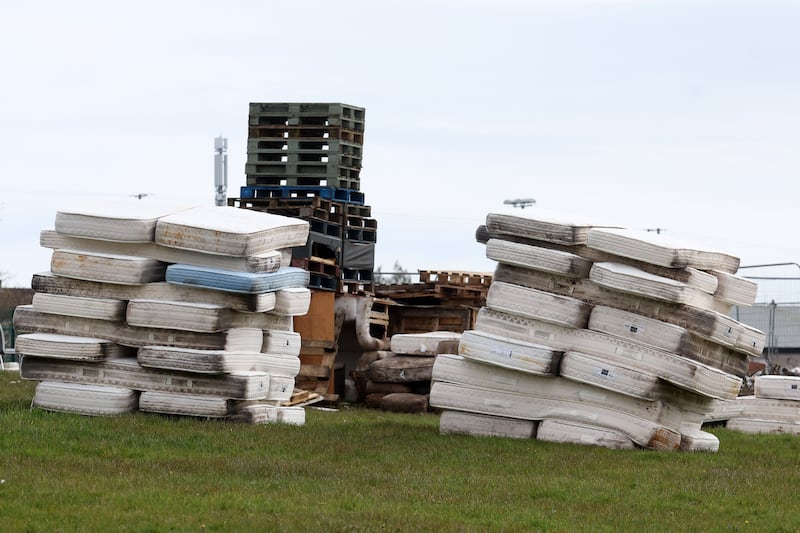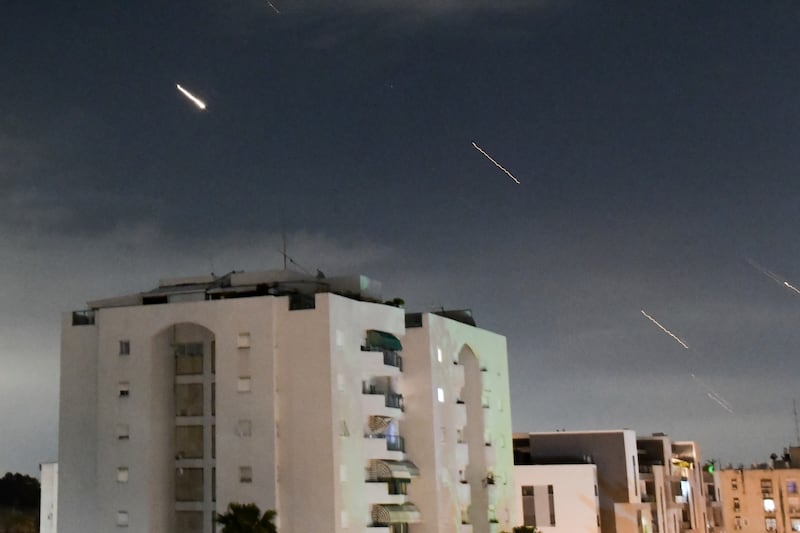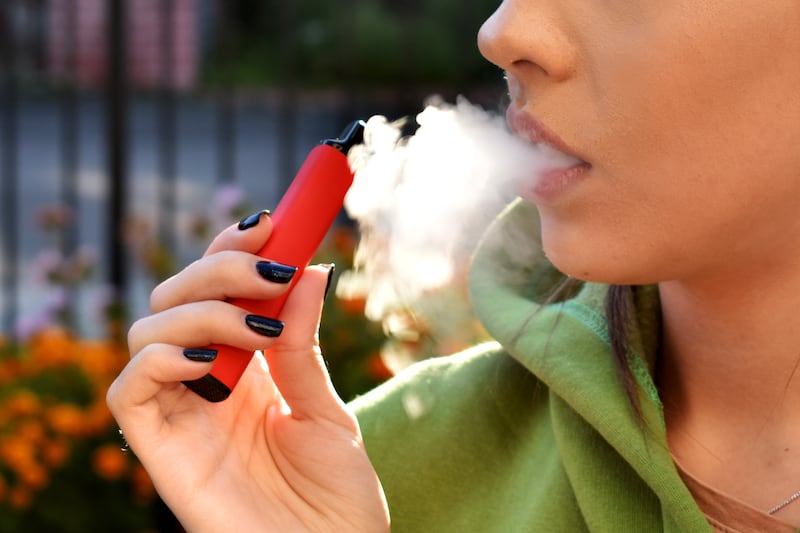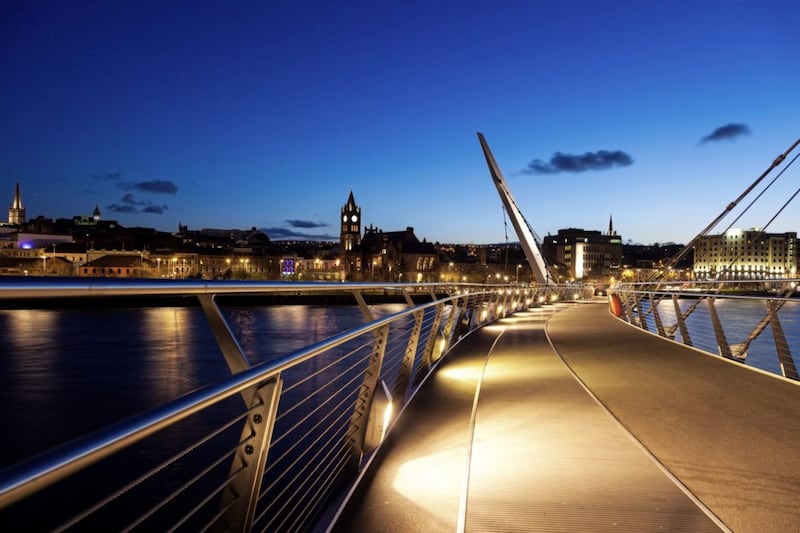Almost twenty years on, a narrative is growing in certain quarters that serves to undermine the Good Friday Agreement, suggesting it is no longer relevant, that it has 'run its course.'
Apart from the fact that this is a legally binding international accord, approved by people on both sides of the border, we should not underestimate the monumental achievement that this document represents.
We should not forget that when the peace process began, people were being murdered on our streets on a regular basis.
Even after the signing of the Good Friday Agreement, people were being killed - the Omagh bombing was in August 1998, just four months later.
But that atrocity and all other Troubles-related deaths served to underline the importance of upholding the agreement and its principle aims, one of which was the decommissioning of paramilitary weapons.
Although the decommissioning of arms took much longer than anticipated, the fact that this was eventually achieved demonstrates the value of the agreement in purely practical terms.
This was a complex process, with many hurdles along the way, but thanks to the persistence, patience and commitment of a small number of key figures, vast quantities of guns and explosives were taken out of circulation.
Secrecy was paramount in arriving at this outcome, as was building a level of trust between the paramilitary groups and the decommissioning body and those verifying the process.
And while unionist leaders demanded proof that Provisional IRA weapons had been put beyond use, in reality they had to take the word of those who had witnessed it for themselves, the Reverend Harold Good and the late Fr Alec Reid.
An insight into the decommissioning process is provided in The Irish News today with the publication of photographs in relation to the removal of Official IRA weapons.
It was announced in February 2010 that following a 'nationwide inventory' all weapons which were under the control of the Official IRA had been transferred to the decommissioning body.
The organisation, which was responsible for around 50 murders, had been active in the early years of the Troubles but called a ceasefire in 1972. Even so, it continued to acquire weapons and among the arms decommissioned are Russian rifles and silencers from the late 1980s.
It is remarkable that so little firm information, including visual evidence, has emerged in the years since the various paramilitary organisations engaged with General John de Chastelain and his team.
The images and the account provided by a source to this paper are a part of the record of this period, when the Good Friday Agreement set out to remove the gun from Irish politics - and largely succeeded.





